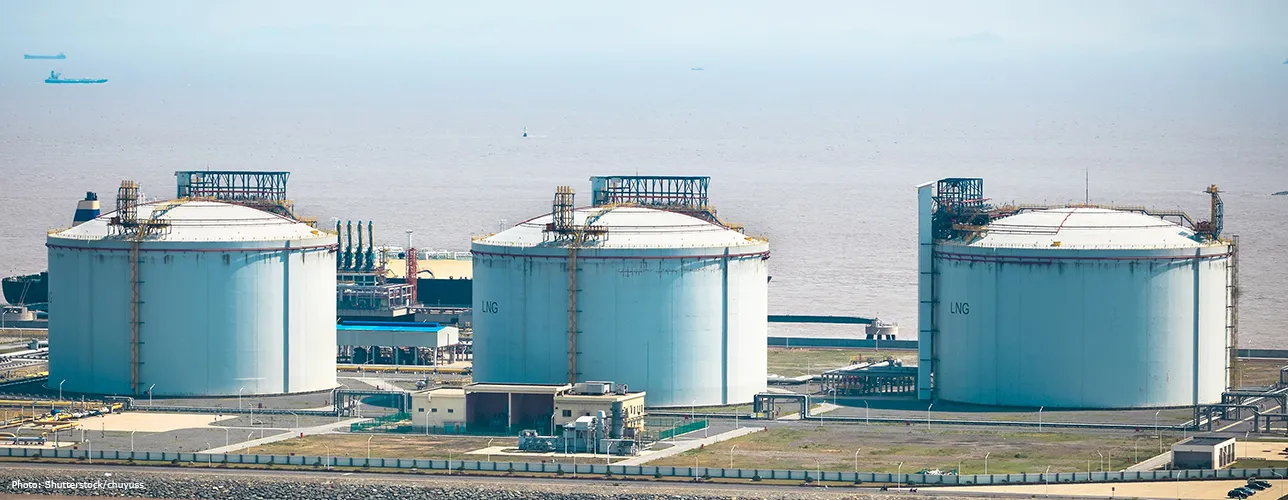Scaling up gas will increase the safety challenge
Chinese majors’ focus on safety risk management will be familiar to pipeline operators worldwide. It includes the management of pipeline high-impact areas, including those that are environmentally sensitive; third-party construction damage; and contractors’ construction operations, etc.
As Chinese gas imports grow, and as the government pursues its plan to ensure regional interconnection of oil and gas pipelines4, the safety and reliability challenges will multiply. ”The pressure on securing natural gas supply is high, while the requirements on the reliability of facilities and equipment is even higher,” said Zhou.
International cooperation is helping to bring global experience and best practices to China’s gas industry. DNV GL’s ISRS enables this by allowing Chinese oil and gas asset owners to benchmark their safety and sustainability management systems against global best practice.
”ISRS is popular in China, and particularly with pipeline operators, which face strict supervision internally and externally,” Stoddart said. DNV GL, for example, works with various Chinese pipeline operators, visiting sites and applying the ISRS protocol to provide assurance that their entire management system meets the highest possible standards.
”We still have challenges in intrinsic safety management, and integrity management of facilities and equipment,” said Zhou. ”Gaps need to be closed in the establishment and implementation of our management system, and strong execution and sufficient tools need to be in place to facilitate the implementation, and to achieve management improvement. Moreover, we need to further transfer our people’s mindset, enhancing their capability to fully meet the needs of safety management.”
ISRS enables safe operations in Chinese pipelines
Over the past decade, ISRS has directly contributed to the continuous improvement of the quality and execution of major Chinese pipeline operators’ management systems. Zhou said: ”It has enabled our company to achieve safe production in those years that we have implemented ISRS. We believe it is a meaningful thing to do.”
To mark the 40th anniversary of ISRS, DNV GL is updating the system to a ninth edition. It is being launched in April 2019 at an event in the Netherlands, with a further event scheduled for China later in the year. ”I hope it can bring further best practice to help us to improve the company's safety management,” said Zhou.
References
- ’Global LNG Outlook 2H 2018’, Bloomberg New Energy Finance
- ’Commentary: Signposts for the gas outlook’, P Zeniewski and T-Y Kim, IEA, 7 February 2019
- Thirty-eight billion cubic metres per annum of natural gas is scheduled to start entering China from Russia in December 2019 through Gazprom’s 3,000-kilometre Power of Siberia gas trunkline, for example.
- ’The 13th Five-Year Plan for Economic and Social Development of the People’s Republic of China (2016–2020)’, adopted by the People's National Assembly of China, March 2016.
Further reading


